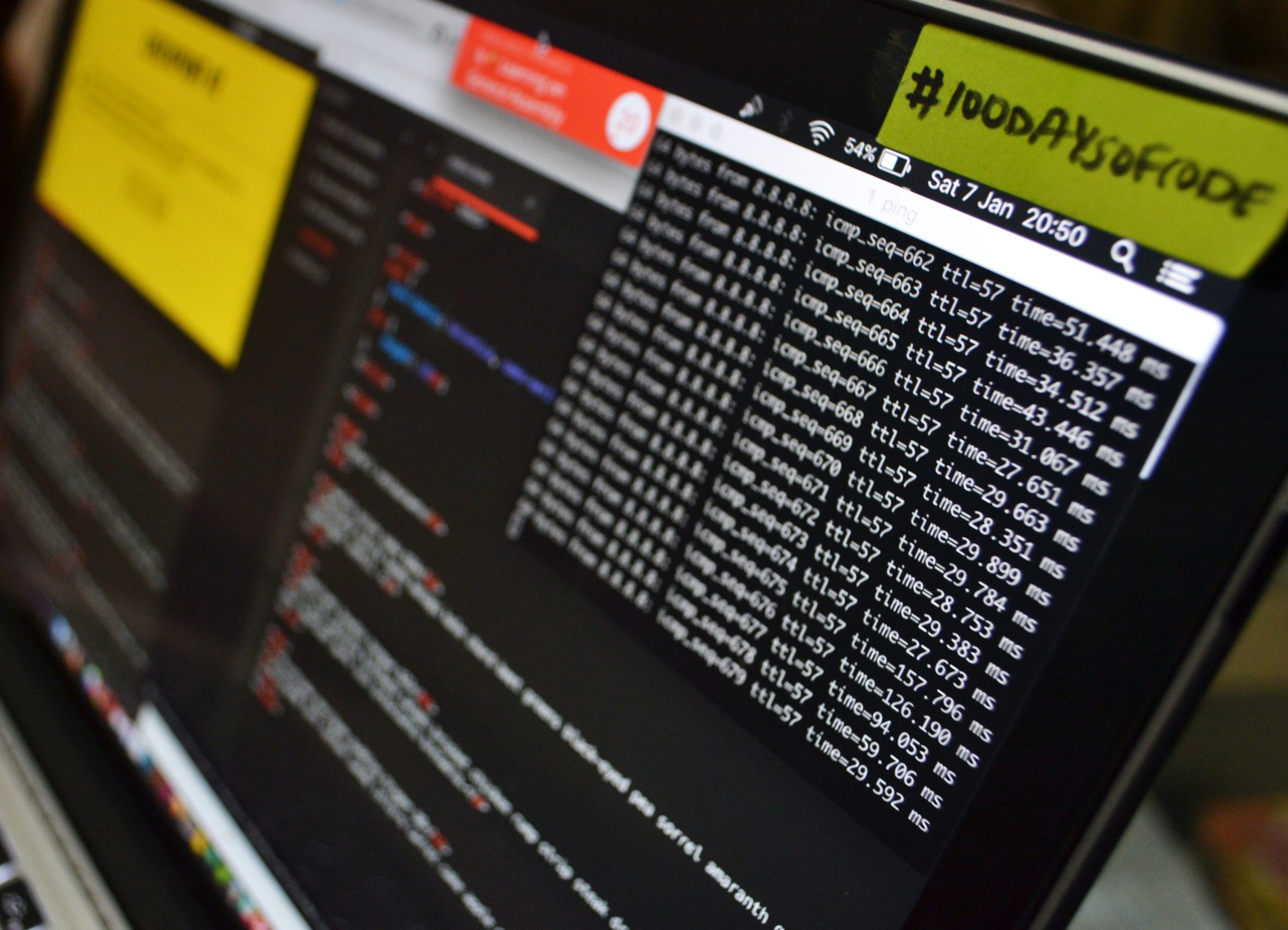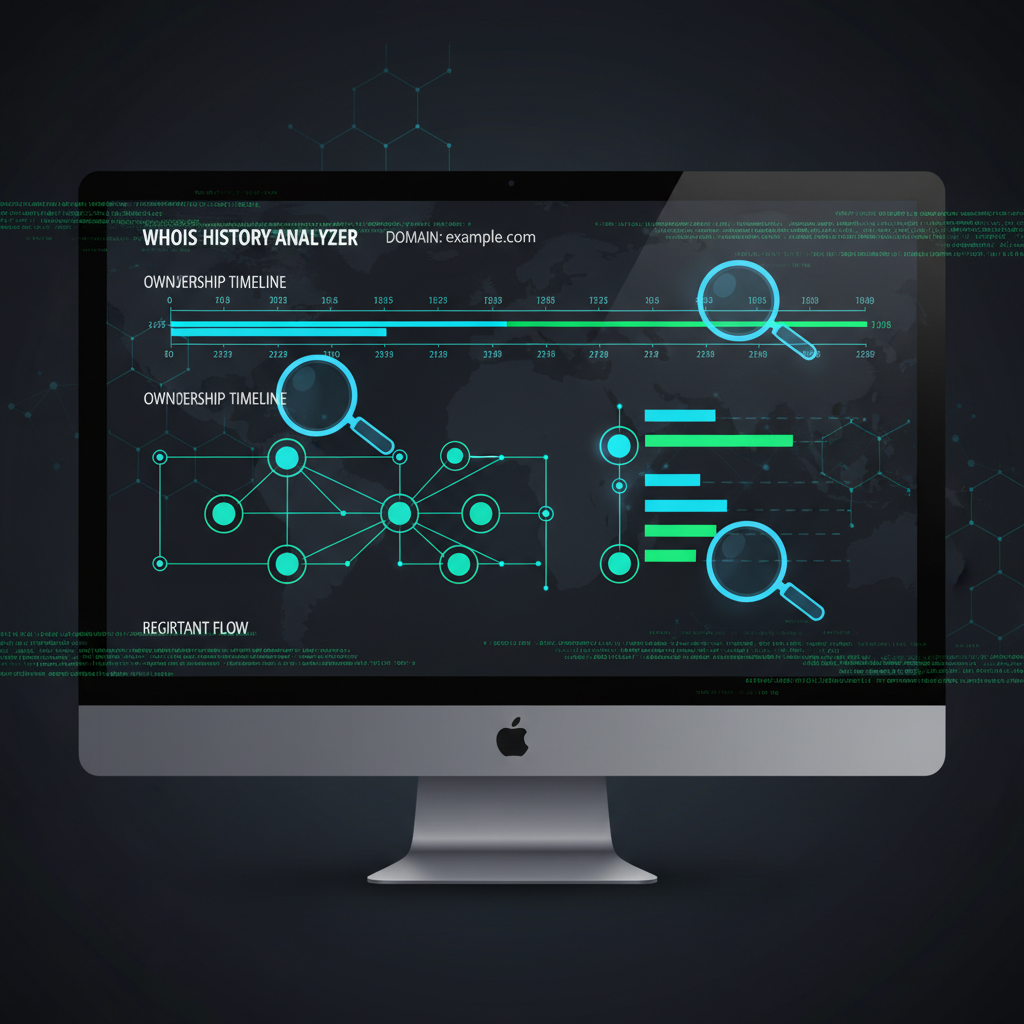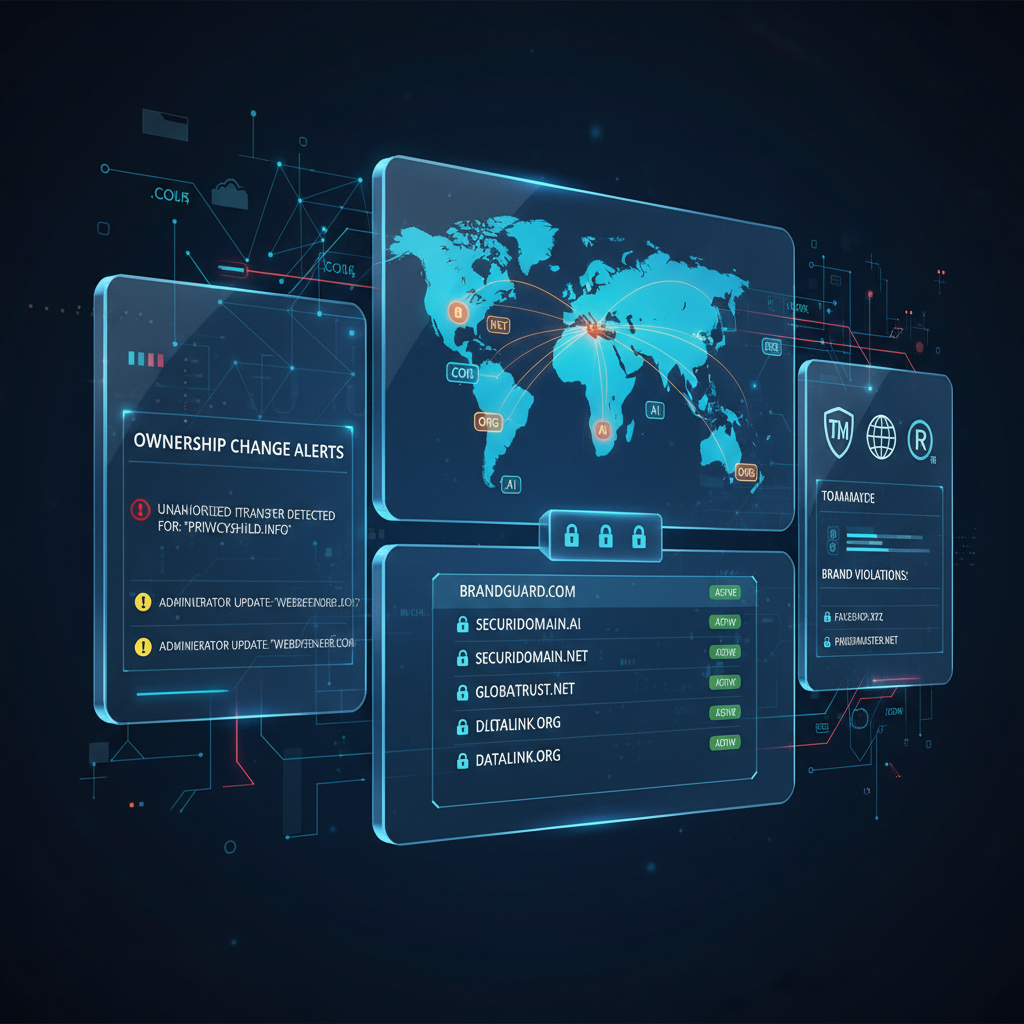In the ever-evolving digital landscape, cybersecurity remains a paramount concern. As threats continue to morph and proliferate across the internet, organizations are increasingly relying on advanced tools and technologies to bolster their defenses. One such pivotal tool in the arsenal of cybersecurity measures is the Whois Lookup API.
The Whois Lookup API stands as a stalwart guardian in the realm of cybersecurity, enabling organizations to scrutinize domain ownership information with unparalleled efficiency and accuracy. It provides a gateway to unravel the enigma behind domain registrations, uncovering crucial details about domain administrators, registration dates, contact information, and more.
Understanding Whois API and Its Significance
The Whois lookup API, an integral part of cybersecurity frameworks, functions as a resource for querying comprehensive domain registration data. This API empowers cybersecurity experts, network administrators, law enforcement agencies, and businesses with the ability to unearth essential insights about domain entities and their associated online properties.
By leveraging the Whois Lookup API, security professionals can swiftly identify and scrutinize domain ownership details. This capability proves invaluable in uncovering potential threats, tracking down malicious actors, and preempting cyberattacks before they materialize.
Unveiling Threats Through Whois Lookup API
Cybercriminals often operate behind the cloak of anonymity, hiding their identities through intricate web structures. However, the Whois Lookup API serves as a powerful tool to pierce through this veil, revealing crucial information about domain registrations. It assists in mapping out connections between seemingly disparate entities, unearthing hidden relationships among domains, and exposing suspicious activities across the web.
For instance, in cases of phishing attacks or fraudulent websites, the Whois API becomes instrumental in identifying the perpetrators. By analyzing domain registration details, security professionals can swiftly ascertain the authenticity of a website, its ownership, and its historical behavior, thereby mitigating potential risks posed by fraudulent entities.

Leveraging Whois API for Proactive Defense Strategies
Beyond reactive measures, the Whois Lookup API enables proactive cybersecurity strategies. Organizations can proactively monitor domain registrations and changes, keeping a vigilant eye on alterations in ownership details or suspicious domain activities. This proactive stance empowers businesses to preemptively block potentially harmful domains, fortifying their cybersecurity posture.
Moreover, the Whois API proves invaluable in brand protection efforts. Companies can monitor unauthorized domain registrations that might infringe upon their trademarks or intellectual property rights. Swift identification of such infringements allows for prompt action, safeguarding the brand’s reputation and integrity.
Enhancing Cybersecurity with Whois Lookup API Integration
The integration of Whois Lookup APIs into security infrastructure amplifies the efficacy of cybersecurity measures. By seamlessly incorporating this API into existing security frameworks and threat intelligence platforms, organizations can automate domain monitoring processes and streamline threat analysis workflows.
Additionally, Whois APIs can complement other security tools and technologies, enriching data sets and enhancing the depth of threat intelligence. Integration with SIEM (Security Information and Event Management) systems, threat intelligence platforms, or incident response tools fortifies the ability to detect, analyze, and mitigate potential cyber threats effectively.
The Evolution and Future of Whois Lookup APIs
While Whois Lookup APIs have been instrumental in cybersecurity, their landscape continues to evolve. Changes in privacy regulations, such as GDPR (General Data Protection Regulation), have altered the availability of certain domain registration data, impacting the scope of information accessible through Whois APIs. Consequently, providers have adapted, offering enhanced APIs that comply with regulations while still delivering valuable domain insights.
Looking ahead, the future of Whois Lookup APIs entails advancements in data accuracy, API usability, and compliance with evolving privacy standards. Providers are focusing on augmenting API capabilities, enriching data sources, and incorporating machine learning algorithms to provide deeper insights into domain ownership and related cybersecurity threats.
Conclusion
In the ceaseless battle against cyber threats, the Whois Lookup API stands tall as a beacon of cybersecurity vigilance. Its ability to unravel the mysteries behind domain registrations, unveil potential threats, and empower proactive defense strategies makes it an indispensable asset for organizations striving to fortify their cybersecurity posture.
As the digital landscape evolves, harnessing the potential of Whois Lookup APIs will continue to be pivotal in safeguarding businesses, protecting consumer interests, and fortifying the integrity of the online ecosystem against the ever-looming specter of cyber threats. Integrating these APIs into robust cybersecurity frameworks marks a proactive step towards a more secure digital future.



